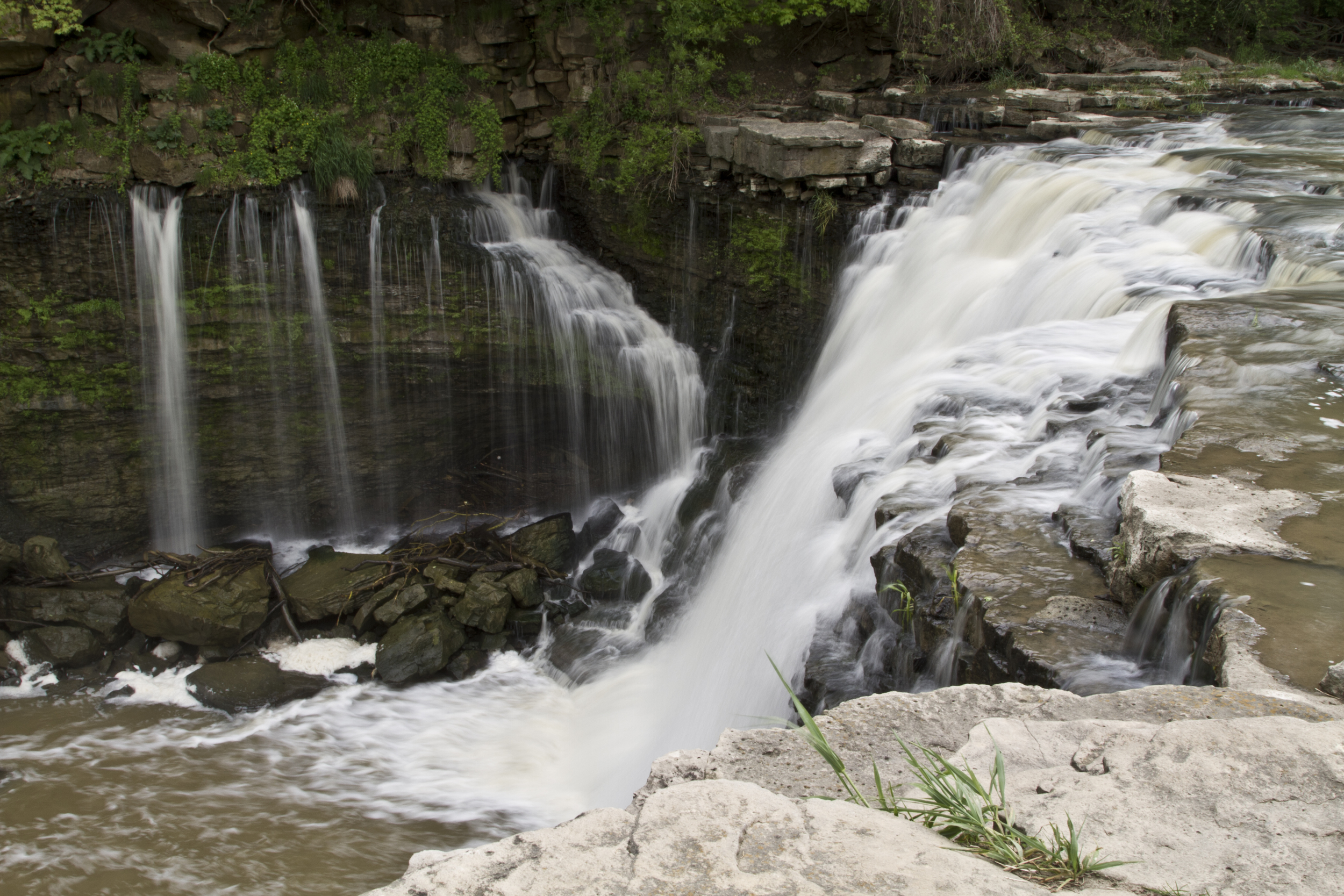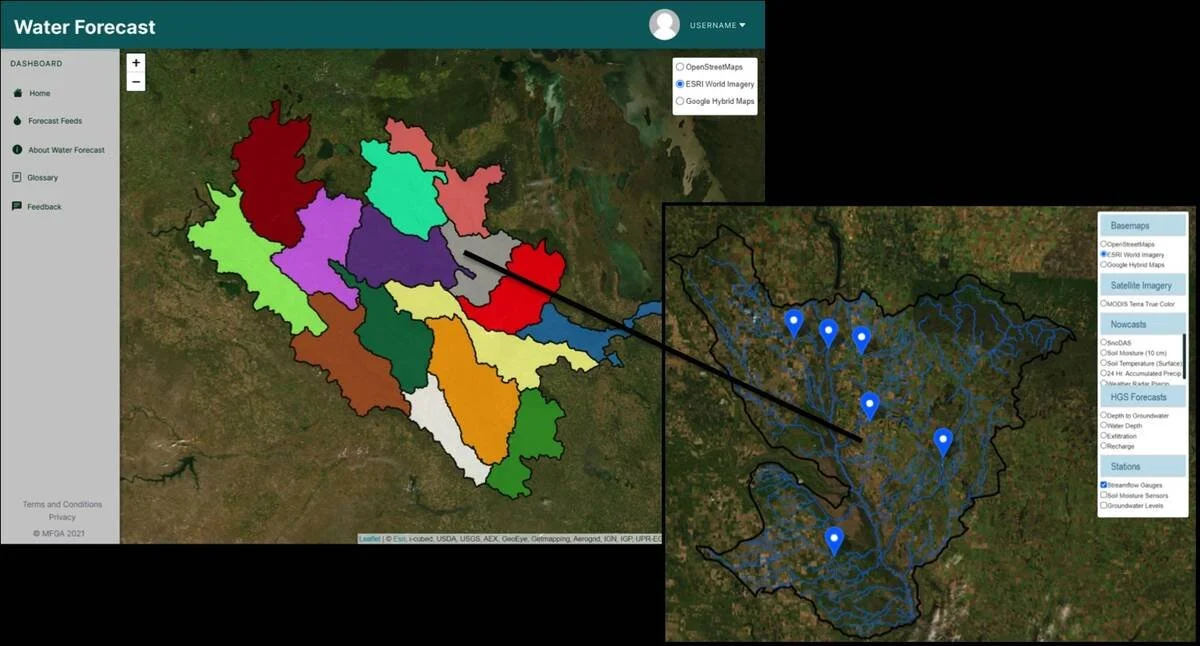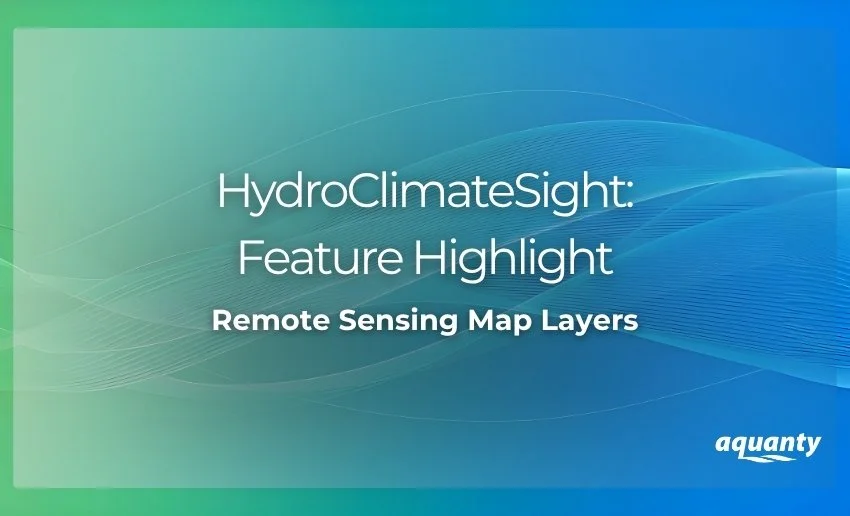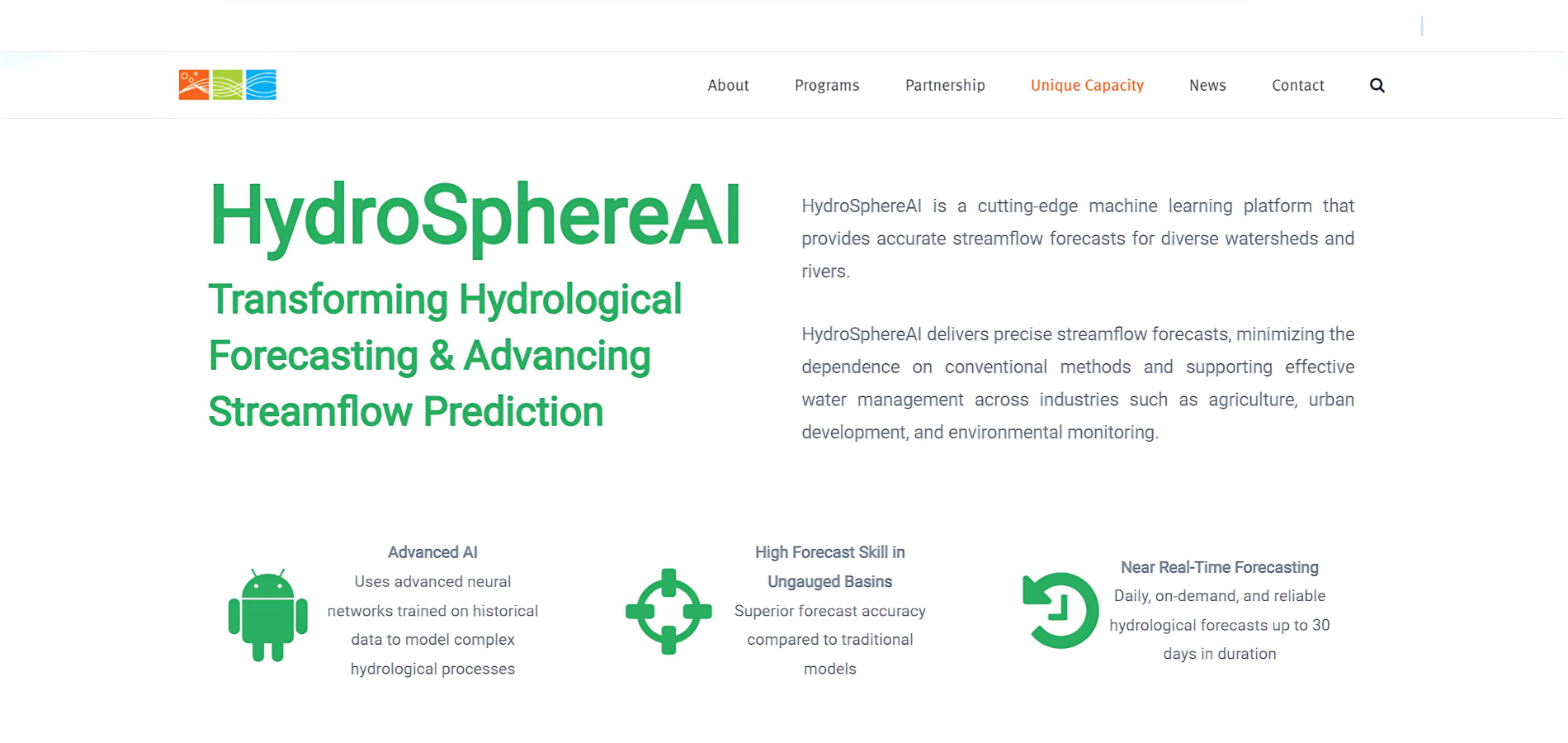

Manitoba Forage and Grasslands Association wins Water Canada innovation award
We’re proud to share that the Manitoba Forage and Grassland Association (MFGA) has been awarded the 2025 Early Adopter/Innovation Partnership Award from Water Canada for its pioneering work with Aquanty on hydrologic modelling in Manitoba.
The award recognizes outstanding collaborations that advance Manitoba and Canada’s water sector through innovation and partnership. MFGA earned this recognition for its leadership in applying Aquanty’s HydroGeoSphere-based modelling platform to better understand and manage water resources across agricultural landscapes.

HydroClimateSight Feature Highlight: Real-Time Soil Moisture Forecasting on Demand
At Aquanty, we're redefining how soil moisture forecasting is done in precision agriculture. Our latest innovation brings together real-time weather data, advanced hydrologic modelling, and cloud automation to deliver accurate, hyper-local soil moisture forecasts, on demand, at the click of a button. Built for farmers, consultants, researchers, and planners, this tool provides the insights needed to optimize irrigation, support crop health, and plan field operations with confidence.

HydroSphereAI — Aquanty’s Artificial Intelligence Platform — has won the Water Canada New Tech Award for 2025.
Aquanty is proud to announce that our latest innovation — HydroSphereAI — has won the New Tech Award at the 2025 Water Canada Awards.

HydroClimateSight Feature Highlight: Unlock Powerful Insights with HydroClimateSight’s Remote Sensing Map Layers
Modern water and land resource management relies on timely, reliable, and spatially detailed data. Aquanty’s HydroClimateSight platform empowers decision-makers by integrating a diverse set of authoritative datasets into a range of physics-based and machine-learning based hydrologic models. HydroClimateSight provides direct access to many of these datasets through the Remote Sending tab to help users better understand the datasets that go into these models. Let’s review some of the available data layers that give HCS users visual and analytical insights sourced from globally recognized organizations, government agencies, and open-data initiatives.

HydroClimateSight Feature Highlight: Understanding Ensemble vs Deterministic Forecasting in HydroSphereAI
We’re excited to announce that short-range streamflow forecasting is now available in HydroSphereAI! Our new short-range forecasts offer detailed predictions for the day ahead with hourly output intervals. To address the lack of uncertainty information typical of deterministic systems, we’ve introduced a lagged ensemble approach, giving you a clearer picture of forecast confidence in the near term.

HydroSphereAI Selected as Finalist for New Tech Award - Water Canada Awards
Aquanty Inc. is proud to announce that we have once again been selected as a finalist for the New Tech Award at the 2025 Water Canada Awards for our cutting-edge, machine-learning-based streamflow forecasting system, HydroSphereAI.

Manitoba Cooperator - Farm climate adaptation on tap with MFGA project
The Manitoba Co-operator has featured the latest MFGA initiative, with comments from Dr. Steve Frey, Aquanty’s Director of Research Services, highlighting how advanced modelling is supporting more climate-resilient farming in Manitoba. The new project “Evaluating climate change impacts on Manitoba’s forage and grassland landscapes” will build on the MFGA Aquanty hydrologic model to simulate how changing climate conditions could impact water availability, land use, and agricultural sustainability across the Pembina Valley and Assiniboine West Watershed Districts.

Staff Research Highlight - Spatiotemporal estimation of groundwater and surface water conditions by integrating deep learning and physics-based watershed models
We’re pleased to highlight this publication, co-authored by Aquanty’s senior scientist, Hyoun-Tae Hwang, which focuses on the integration of deep learning (DL) models with physics-based hydrological models to enhance the efficiency of estimating spatiotemporal groundwater and surface water conditions.

HydroSphereAI featured in OWC’s Innovation Showcase
We’re proud to share that Aquanty’s cutting-edge hydrological forecasting tool HydroSphereAI is now featured in the Ontario Water Consortium (OWC) Innovation Showcase. The OWC highlights our machine-learning based streamflow forecasting tool, designed to address the complex water management challenges of today and position Aquanty as a leader in hydrological forecasting solutions.

“Homegrown Technologies Could Play a Key Role in the World’s Water Future” - Aquanty Featured in CWRA’s Water News Magazine
We’re proud to share that Aquanty has been highlighted in a recent issue of the CWRA’s Water News Magazine. This article explores the innovative tools we’ve developed to tackle 21st-century water resource challenges, positioning Aquanty as a leader in hydrologic system modelling both in Canada and internationally.
